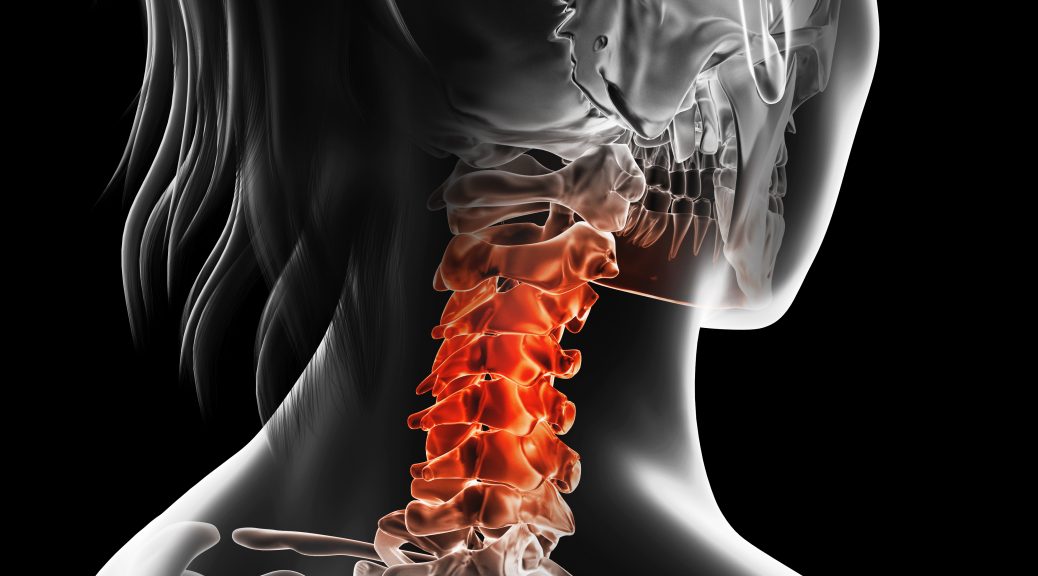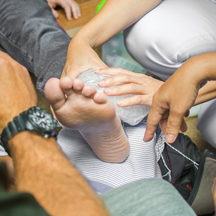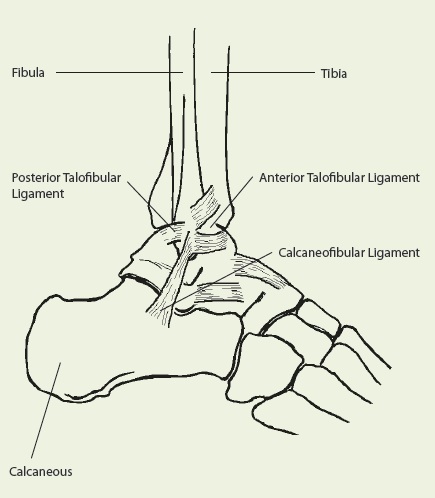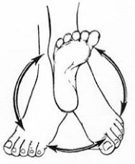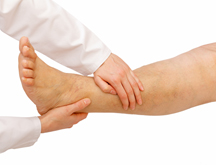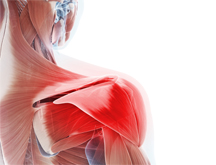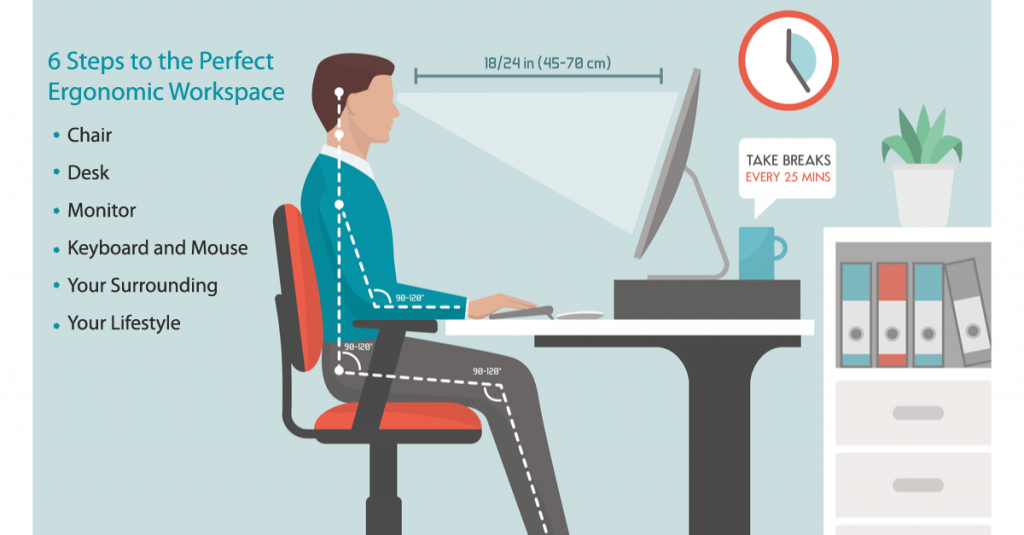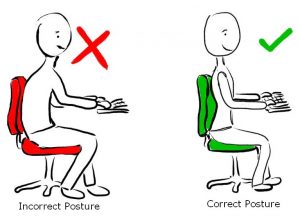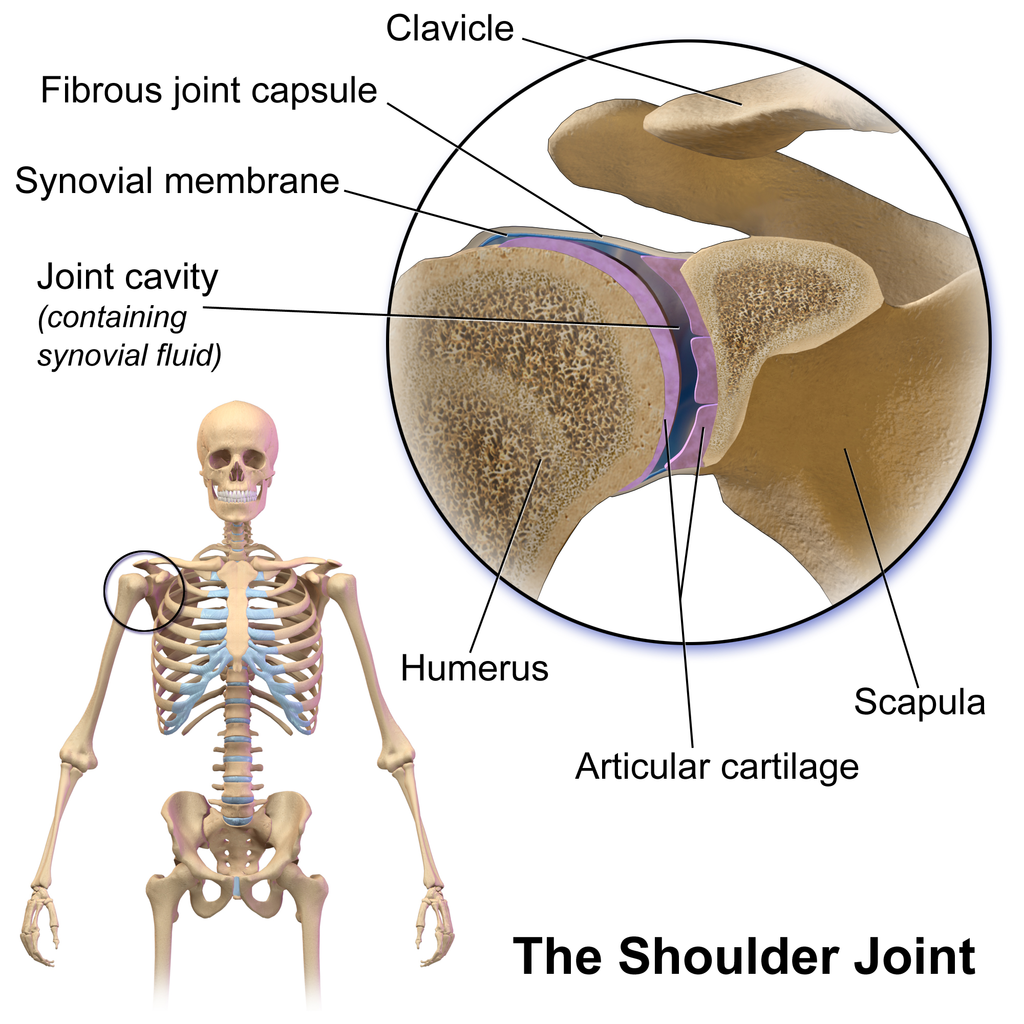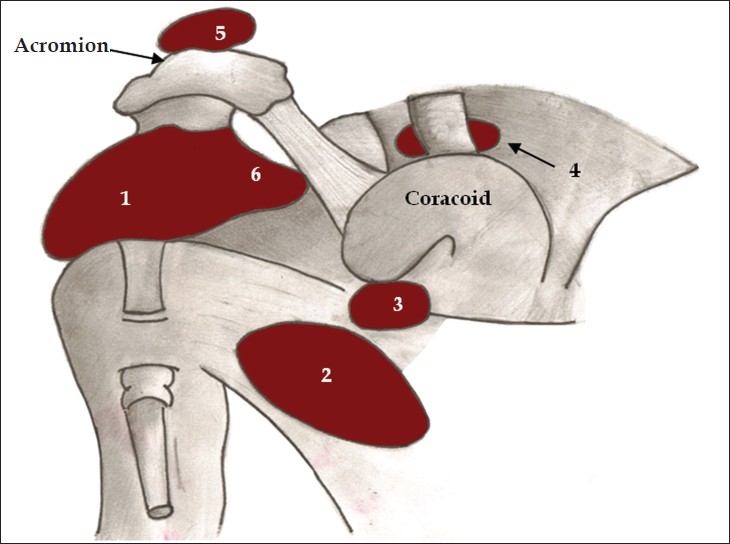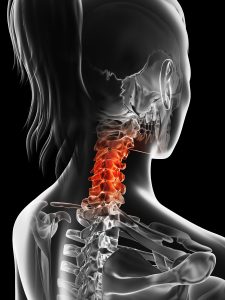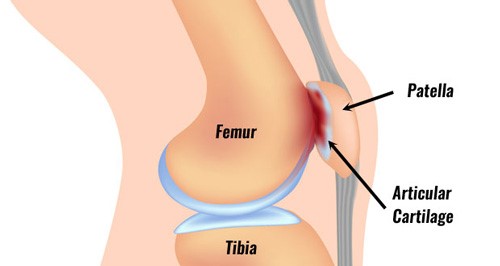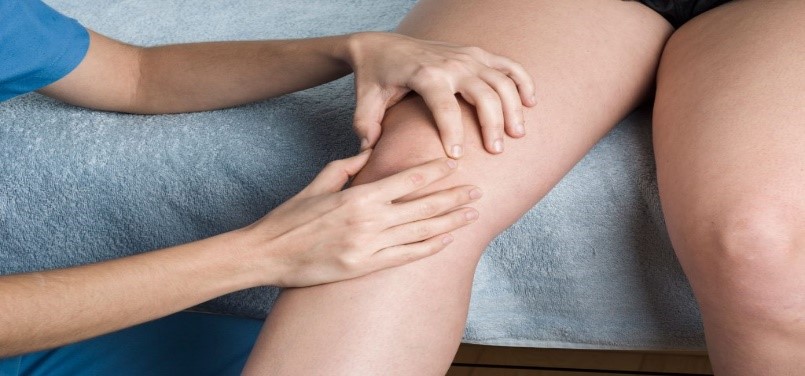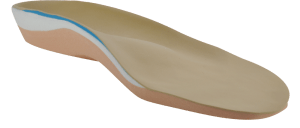
Physiotherapy for Neck Pain
Neck pain is a common problem for a lot of people. Physiotherapy for Neck Pain is one of the top 5 reasons why people go for physiotherapy treatment. People can get neck pain after many different types of activities. Some of the most reported examples are:
- Getting a kink in the neck after a bad night’s sleep
- Feeling pain in the neck and shoulder area after doing some heavy lifting at home or at the gym
- Feeling pain in the neck when using the computer for long periods of time
- Feeling pain in the neck after an accident, such as a fall or motor vehicle accident
Assessment for Neck Pain
Signs and Symptoms
There are many obvious signs and symptoms of a neck injury. Some of these include:
- Pain in the neck
- Restricted movement of the neck
- Sensations of tightness or stiffness in the neck
There are also some not so obvious signs and symptoms of a neck injury:
- Pain in the arm
- Headache
- Pins & needles in the arm
- Numbness in the arm
- Weakness in the arm and/or hand
Patients who experience these symptoms may think that they have an injury to their arm. They may get worried because of the unusual pins and needles or numbness they are feeling. However, most of the time these symptoms are coming from the neck. An experienced physiotherapist will be able to make the connection between a patient’s arm symptoms and their neck pain.
Treatment for Neck Pain
The treatment for neck pain will vary depending on the nature of the injury. Your Physiotherapist will first start with an assessment to figure out what the problem is. During the assessment, they will ask some questions about how the pain started. They will also get details on how the symptoms behave. Some examples of these questions include:
- How long have you been feeling your pain?
- How intense is your pain on a scale from 0 to 10?
- Was there an incident that started the pain?
- Where exactly do you feel your symptoms?
- What kind of symptoms do you feel?
- What kind of activities make your pain feel worse or better?
In conclusion, answers to these questions will allow your Physiotherapist to understand the nature of your injury. They will then perform a physical assessment. Finally, certain physiotherapy tests that will help them further understand your injury.
Physiotherapy Tests for Neck Pain
- Movement of the neck and arm
- Tenderness of the muscles around the neck
- Sensation of the arm
- Strength of different muscles in the arm
- Reflexes of the arm
In conclusion, once your Physiotherapist is done gathering all the information, they can come up with a diagnosis for your neck pain.
Treatment for Neck Pain
Treatment for Neck Pain
Using the information from the assessment your Physiotherapist will develop a treatment plan for you. The treatment plan will include different methods to reduce your pain and improve your function. For example, some common Physiotherapy treatment tools at PhysioNow include:
Interferential Current (IFC)
- This is electrical stimulation that helps with pain management
- There are 4 pads that are placed around the painful areas of the neck
- Moreover, the strength of the current is dependent on your comfort level – stronger does not mean better
- We ask you to indicate when you feel a strong, but comfortable amount of sensation
- In summary, IFC distracts the body’s pain signals to give relief of pain
- Lastly, this electrical modality is usually applied for 15 minutes
- If you are interested in knowing more about Interferential Current Treatment, please check out this article .
Heat therapy
- Heat is used as another pain management tool
- As a result, it is usually combined with the IFC so that you can have both at the same time
- At PhysioNow, our therapists use moist heat packs for heat therapy
- As a result, moist heat is the most effective form of heat because it allows the heat to get deeper into the tissues
- In summary, Heat therapy increases circulation, relaxes soft tissues and reduces pain and stiffness
- In conclusion, heat is usually applied for 15 minutes
Manual Therapy
- Manual therapy involves “hands-on” treatment by the Physiotherapist
- As an Example, the most common forms of manual therapy involve soft tissue work, mobilizations and passive stretching
- Moreover, soft tissue work helps reduce tissue tension and improves circulation in the area
- There are a lot of muscles around the neck and when there is injury or pain these muscles become tight and stiff
- This Soft tissue work around the neck is gentle to generally loosen these tissues
- In addition, soft tissue work can also be very deep to work out specific tissue knots
- In conclusion, your Physiotherapist will always consider your comfort for these types of treatment
Mobilizations
- Mobilizations help decrease the stiffness in the joint
- In short, there are 7 vertebrae in the neck and stiffness can develop at any level
- Your Physiotherapist can apply different levels of gentle pressure to get the joints of the neck moving
- In short, there are 7 vertebrae in the neck and stiffness can develop at any level
Passive Stretching
- Passive Stretching helps lengthen tightened muscles
- For example, some muscles that most often get tight in the neck include the scalenes, upper trapezius, sternocleidomastoid and levator scapula
- Your Physiotherapist will be able to determine which muscles are tight
- The stretches are usually held for about 20-30 seconds and repeated 2-3 times
- For example, some muscles that most often get tight in the neck include the scalenes, upper trapezius, sternocleidomastoid and levator scapula
Exercise prescription
- Exercise prescription
- In addition, Exercises are an important part of any Physiotherapy treatment
- Special Exercises that will be given to you depending on your specific neck injury
- The exercises can help get your joints moving, stretch the soft tissues and strengthen the muscles around the neck
- Moreover, these exercises will allow you to keep treating yourself on a outside of your Physiotherapy appointments. This speeds up your recovery
- As a result, we know that patients who perform their exercises on a regular and consistent basis will have the fastest results with their Physiotherapy treatment
Education
- Education
- In addition, Education is another important part of Physiotherapy treatment for neck pain
- If you have a good understanding of your condition and treatment, you will have the best results with your recovery
- Lastly, an experienced Physiotherapist should be a great teacher
- For example, your Physiotherapist may suggest that you use a specific pillow for improved sleep, or suggest ways to maintain good posture during work hours
Massage Therapy for Neck Pain
We know that Registered Massage Therapy can also be a very effective treatment for Neck Pain. At PhysioNow, we have many excellent Registered Massage Therapists at all of our clinics.
In conclusion, using these Physiotherapy treatment options produces great results for neck pain. Your Physiotherapist will work with you to help you achieve the best recovery possible and get back to doing the things you love.
If you or anyone you know is experiencing neck pain, please call today! At PhysioNow, we are ready to help!
